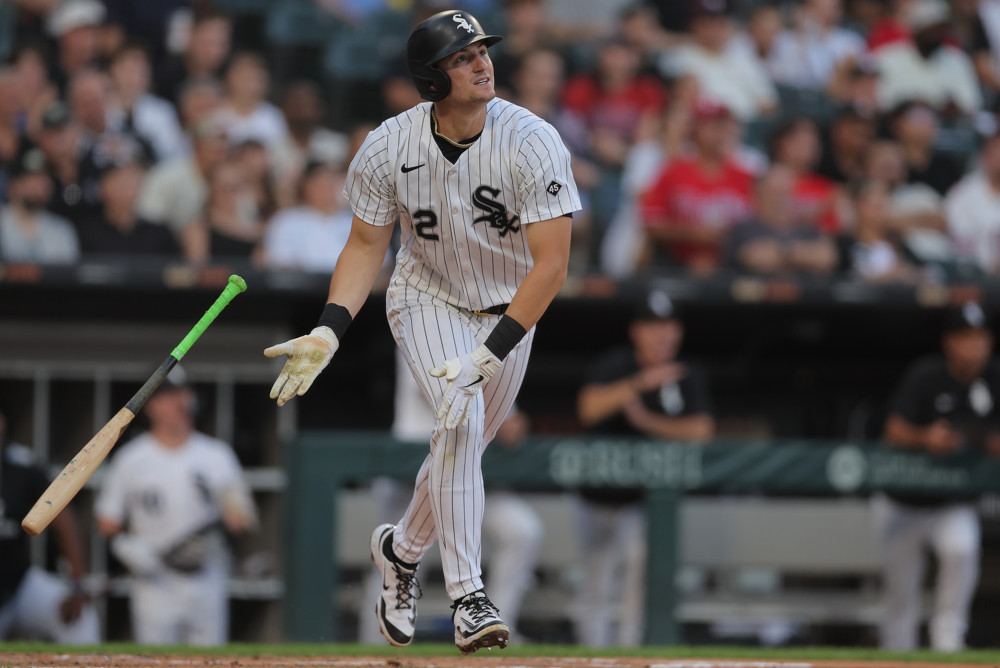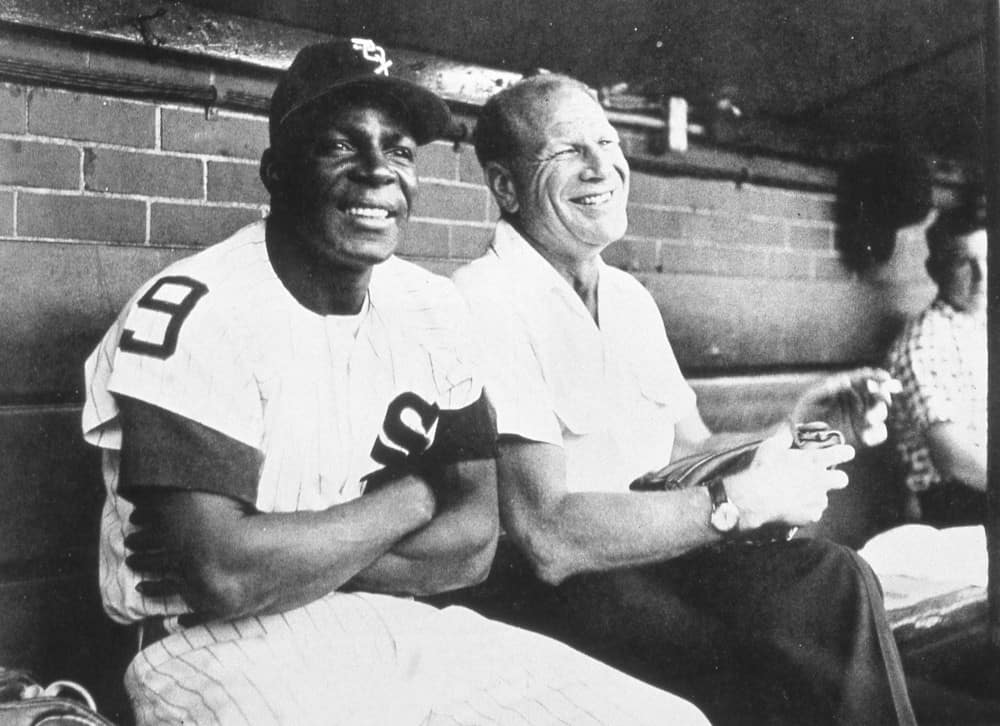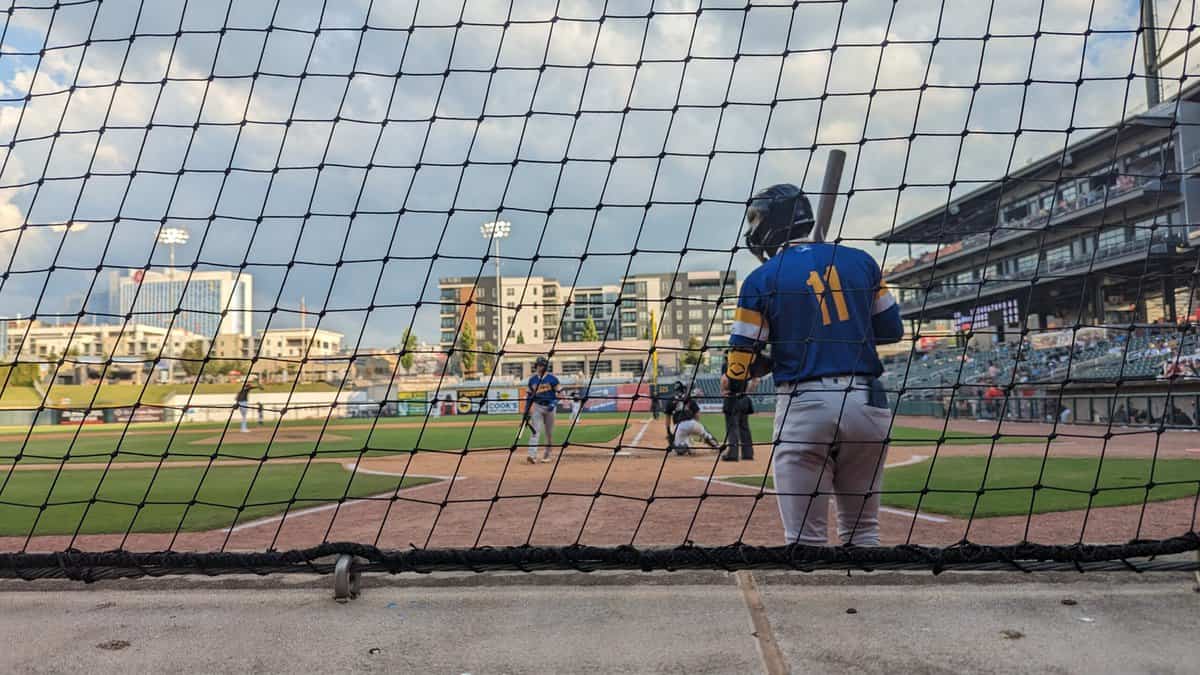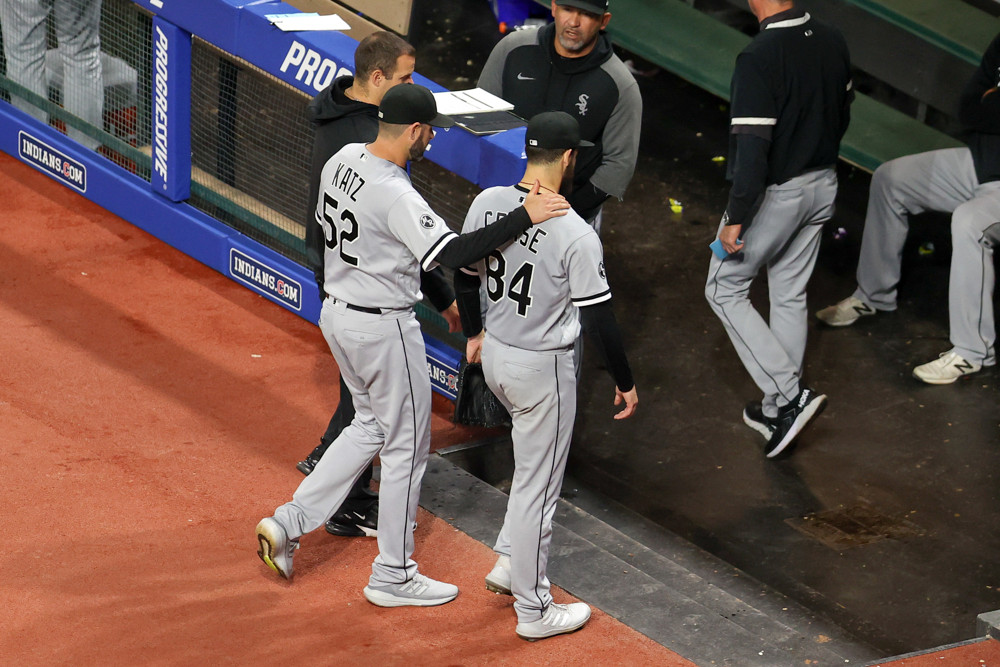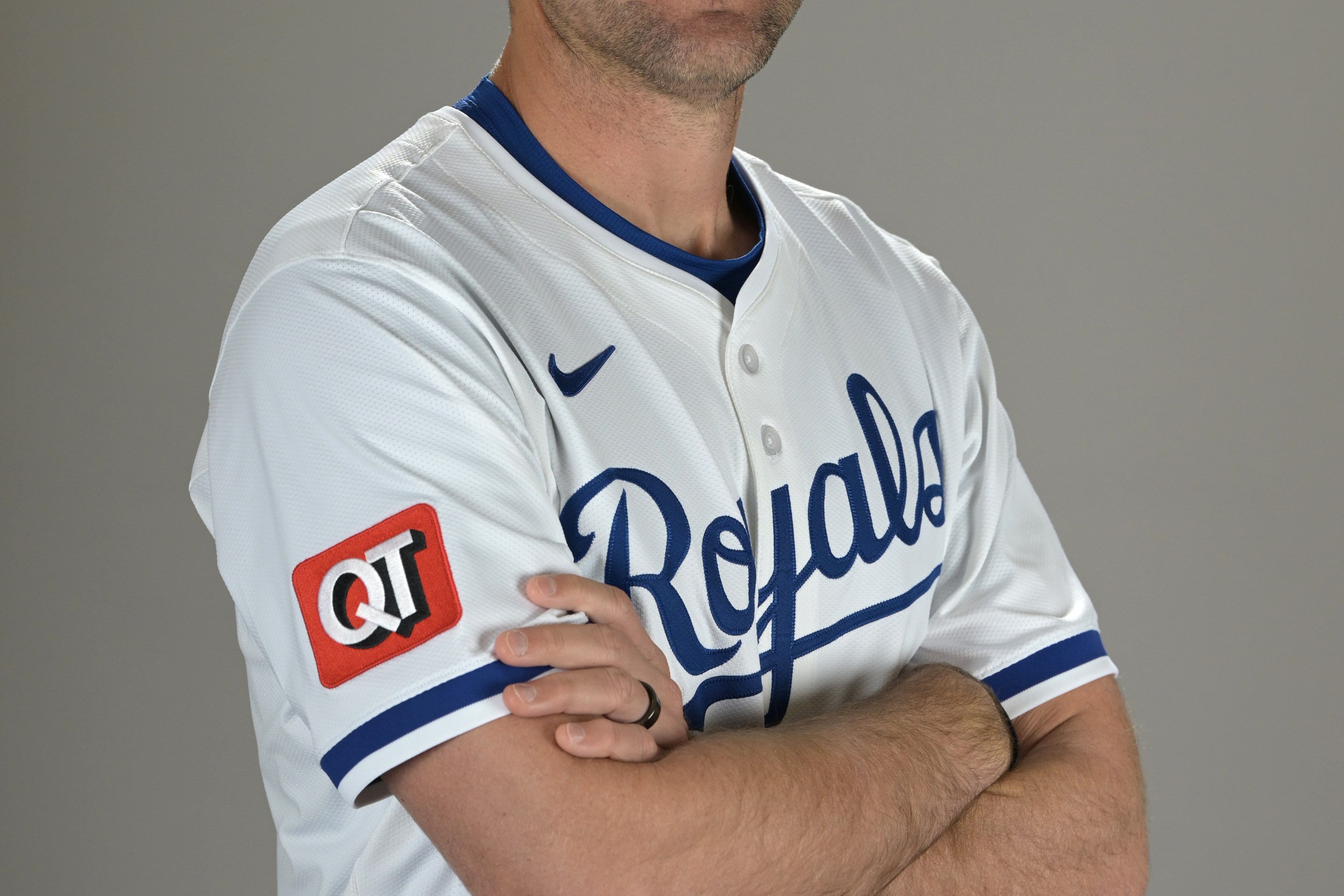The very next at-bat after homering off Cristopher Sánchez Monday night, Colson Montgomery lifted another drive a few steps in front of the warning track in right that got the Rate Field fans briefly excited once more.
But he never thought it had a chance of going out.
"I could tell I hit it off the end a little bit, at the end of my torpedo bat," Montgomery said.
Other than the continued path of destruction cut by the Mariners' Cal Raleigh, the torpedo bat -- where the widest part of the barrel is moved closer to the handle -- has faded from being the talk of the league. A lot of data and research went into the Yankees determining that Anthony Volpe made more contact on the label of his bat than the barrel, and the fad lost steam as it ran into the labyrinth that is hundreds of professional hitters' different swing mechanics and stubbornly held preferences.
But as the White Sox ran the numbers -- and they're not shy about showing pride in how much more capable they are of putting research into action these days -- Montgomery started lining up as a good candidate.
"It was just kind of a talk with all of our guys, with all of our hitting guys, and we have a whole bunch of research with where I was hitting the ball off the bat, and they just told me to try it," Montgomery said. "The first game I tried it was the second game in Tampa. First at-bat I hit a homer with it, so I thought I'd just keep doing it."
He also hit a homer the next night, and the night after that, and once more on Monday to make it four home runs in six games. Any player development type will tell you that early success eases the initiation process. What they talk about less is how much online shopping it tends to prompt.
"After the Tampa game when I first hit a home run with it, I went and ordered some more," Montgomery said. "So there's some more in the works."
Montgomery's long levers give him massive power when he extends his arms, which has prompted a lot of early attempts to pitch him inside to negate it since he was called up this month. Offering him a tool to get his barrel to inside pitches quicker and easier immediately passed the smell test as a sound idea, and White Sox coaches feel it will shorten Montgomery's swing path in the process.
"I've got longer arms too, so just kind of shortening the barrel more towards my hands kind of helps a little bit," Montgomery said. "I'm just trying to be on time as much as I can and get the head out without completely flying open."
There's a lot left to be decided in Montgomery's development and probably more surprises in store. That Lenyn Sosa has served to push him over to third base for the time being after years of steadfast commitment to sticking at shortstop, was definitely not on my White Sox bingo card. But this is a prospect whose offense was in free fall at the start of the season, who is now holding his own in the majors (121 wRC+ in 21 games) after the organization threw a number of interventions at him that appear to be paying dividends.
⚙️⚙️⚙️
Adrian Houser didn't require any interventions from the White Sox for inarguably the best 11-start stretch of his career at age 32. His 68⅔ innings with a 2.10 ERA in a White Sox uniform have made Houser a compelling target as a potential mid-rotation rental addition for contenders at Thursday's trade deadline.
The veteran right-hander overhauled his mechanics at PitchingWRX in Oklahoma City this offseason; the same facility where Davis Martin trained this winter, as the two have known each other for three years. Setting his glove farther away from his body and dipping deeper into his back leg has Houser averaging 95 mph on his fastball, the best velocity of his career with added sharpness to his curveball, and he's been pretty convinced he was operating on a new level since the changes were put in place.
"Coming out in spring training, the way I was throwing the ball I felt like I had a really good shot to make the team even though I was non-roster invite," Houser said. "How I was feeling and how the stuff was coming out and how it was playing because I was getting [to spots in my delivery] on time, I could tell it was in a different gear than it was last season."
So why did he have a 5.03 ERA when he triggered the opt-out of his minor league deal? Especially since his last outing in the Rangers organization saw him fall an out short of a complete game shutout?
The fault lies in two back-to-back outings in late April, only the second of which was his fault. On April 22, the Rangers had Houser enter in the middle of the fifth inning behind a Jack Leiter rehab outing. He allowed three singles and a walk to plate a run before finding his footing for a strikeout to end the frame, only for the skies to open up and end his night after a third of an inning. Houser's next time out, he last one-third of an inning the traditional way.
"I gave up seven or eight [it was seven] runs in a third of an inning because the mechanics were crap, couldn't throw a strike and they were just hitting everything I threw up there," Houser said. "You take those two outings out, and my ERA in Triple-A goes close to where I am now in the big leagues."
It would go down to 3.26 to be specific, albeit with an even stronger strikeout-to-walk ratio (36-11 in 38⅔ innings) than he has now. But it would be ironic if Houser's marred season statline scared off any suitors, because the resulting process of re-finding the keys in his delivery as the coaches at PitchingWRX pored over video is now what Houser relies on to keep his operation consistent going forward.
He completely lost his delivery and built it back, and his White Sox tenure has been marked by smaller blips and even quicker fixes.
"Absolutely, I know what I'm trying to feel in certain spots and if there's something that I can't feel they're able to give me an outside view," Houser said. "We compare it and go and I apply it in catch play and bullpens too and try to hammer it get down to get to where I want to be."
⚙️⚙️⚙️
Everyone appreciates the fire inside of Chase Meidroth that never goes out, and he's looking a little rejuvenated since the All-Star break, hitting .286/.300/.449 in 11 games despite a hitless series thus far against the Phillies. But as a low line drive hitter with minimal power, they are going to be stretches where the contact Meidroth sprays all over the yard doesn't find the grass, and the White Sox are hoping the bat rack can survive it.
"It shouldn't go away, that just makes him who he is," said hitting coach Marcus Thames. "The No. 1 thing is just flushing and not defining success just as getting hits. Sometimes I thought he was beating himself up if he didn't get a hit, instead of worrying about a good quality at-bat. Up here, you can't define success by getting a hit. This game is too hard to say, 'If I don't get a hit, I'm not any good.' It's all about having a good at-bat. That's just conversation and him learning, and learning the league too."
There are questions to ask about Meidroth's long-term role, but there are no questions to ask about how much he cares.
